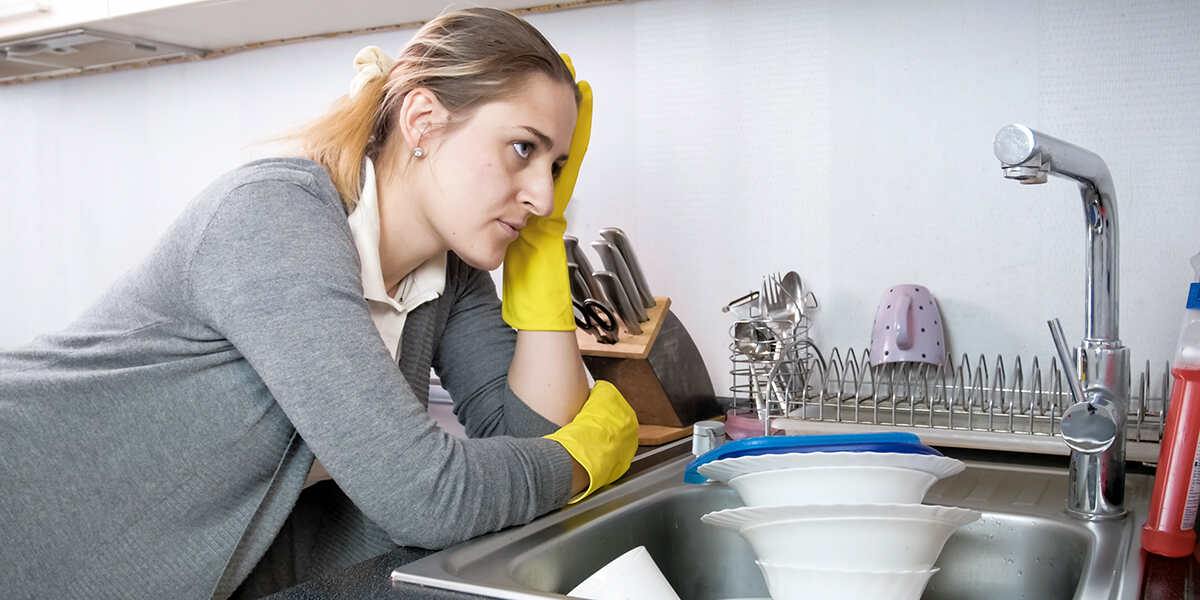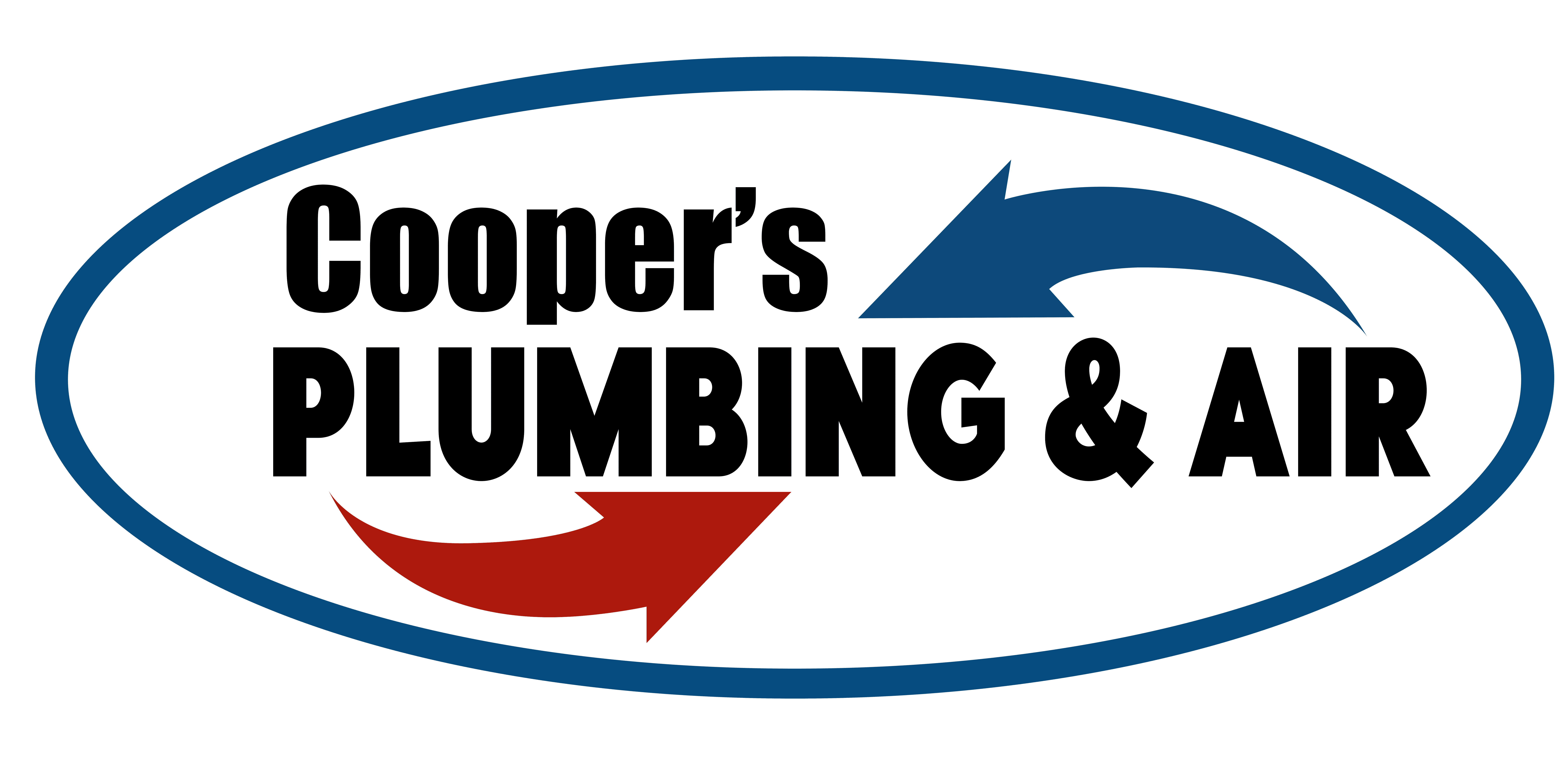
At the end of a long, hot day, sometimes all you want is a nice cold shower, but without decent water pressure, such a thing is impossible. Having high water pressure means you can do more with not just your shower, but your kitchen and other appliances that rely on the running tap. If you want to learn more about how to increase your water pressure in your home, allow Cooper’s Plumbing & Air, Bainbridge’s experienced plumbers, to explain everything you need to know.
Increasing Water Pressure At Home: A How-To Guide
Just as there are many ways to make your shower or sink more convenient to use, so there are also many ways to go about boosting home water pressure. While it all depends on your pipe situation, improving household water pressure is a relatively straightforward process with more than a few options at your disposal. To get started, consider some of the following.
1. Check the Well Pump
Households sometimes receive their water from a well underground. If you have substantially low water pressure, the answer you’re seeking could be in checking the well pump. By doing so, you can see if it’s fully operational or incompatible with your system.
2. Talk to Your Neighbors
Another way you can start the project of raising water pressure in your house is by consulting with your neighbors. In the event that you have a connected city-wide water piping system, there might be some sort of issue that’s causing the water pressure to suffer. Consult with those who use the same system to see if they’re having any issues, and if they are, you can work from there to fix it.
3. Test Your Current Water Pressure
If you’ve discovered that your water pressure is low, whether it be from your neighbors or by checking your well, the next thing to do is check the numbers yourself. Part of enhancing residential water pressure is confirming that your water pressure is low so that you don’t potentially endanger yourself by making your raising it too high. As a rule of thumb, 40-50 psi is low, while 60 psi is in the middle, and 80 psi or higher is too high.
4. Address Any Blockages
Sometimes, the reason for low water pressure in the first place has nothing to do with your pipes but what might be inside them. Blockages like mineral deposits or foreign objects can make your water pressure pitifully low, even if your pipes are fine. If you have issues like hard water, there’s an even higher risk of blockages forming in your pipes over time, something you can remedy by calling in a professional.
5. Replace Your Water Pressure Regulator
Those who rely on public water sources, such as through a citywide pipe system, have something called a water pressure regulator. This water pressure-reducing valve helps keep everything in check so that you don’t accidentally have water rushing through pipes too fast, causing a water hammer. Water pressure regulators can wear down over time, and the result causes your water pressure to suffer; replacing your regulator is just as easy as calling in a professional for an appliance replacement.
6. Check the Main Water Valve
If you’re wondering how to increase your water pressure in your home, try investigating the main water valve. If it’s only halfway open, it could be causing all of your low water pressure issues. Locate your valve and check to see if it is fully open after checking to ensure your water pressure is low enough for you to safely do so. Sometimes your valve can close or open more during repairs or maintenance, which might be the cause of a sudden drop in water pressure.
7. Investigate for Leaks
Sometimes the solution to your water pressure problems comes in the most mundane packages, like simple leaks. A leak in your pipes can cripple your water pressure, even if everything else is fully functional. To get your leak fixed, consult a plumbing expert; they can examine your system, locate the leak, and provide repairs accordingly.
8. Get a Water Pressure Booster
Another way to ensure that you have a boosted water pressure is by installing a device that automatically increases it, no matter what kind of pipes you have. A water pressure booster pump can help increase water pressure, even if you’re on a public system. Getting a water pressure booster costs anywhere from $200 to $400, aside from the labor costs involved.
While a water pressure booster may help increase your water pressure, there are disadvantages to consider. For instance, the water pressure boost may cause you to use more water, which can lead to increases in your water bill. If you’re considering a water pressure booster, don’t try and install it yourself; get a professional plumber to help.
Trust Cooper’s Plumbing & Air for All Your Water Pressure Needs
Improving your water pressure doesn’t have to be a difficult process. By following the steps to higher water pressure, you can soon enjoy more pleasant showers, easier chores, and more.
Of couse, fixing the problem can sometimes require a little help from the experts. Getting a water pressure booster installed or piping redone, for example, is best handled by professional plumbers. That’s where Cooper’s Plumbing & Air comes in. We handle everything from air conditioners to plumbing systems to new installations that can help improve your home.
Some of the services we offer include:
- Plumbing repair
- Piping replacements
- HVAC inspections
- Air filter checks
- Appliance installation
Now that you know how to increase your water pressure in your home, why not let Cooper’s Plumbing & Air handle all of your plumbing needs? Whether you need to clear out frozen water pipes, get a clog removed, or find out why your sink is dripping, Cooper’s Plumbing & Air has the answer for you. To schedule our services, reach out at 866-464-7132. Discover more about our work.
